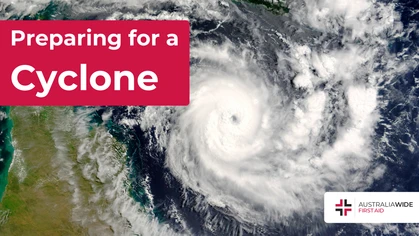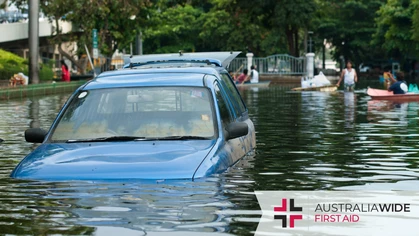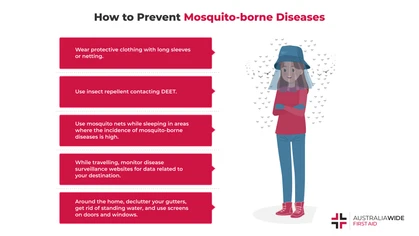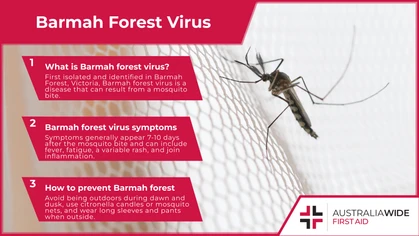Common Health Issues in Winter and How to Beat Them

Seasonal Concerns
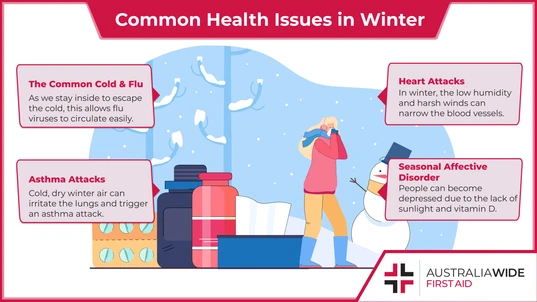
Though we are prone to poor health and chronic health conditions throughout the year, winter can increase one's risk of certain health conditions. It is important to be wary of these health conditions, so you can prevent, identify, and manage the symptoms.
With winter sweeping across the country, the harsh winds and sudden drop in temperatures can affect our bodies in negative ways. This frosty time of the year usually takes a toll on our bodies from losing body heat to compromising our immune system. For some people, winter can even be a health hazard.
Winter can be a hard time for our bodies as we’re at a greater risk to illnesses and health complications.
Winter in Australia
Throughout the year, our bodies have become acclimatised to handling temperatures between 28 to 30 degrees Celsius. This is because the normal temperature of the core organs in our body is 37 degrees. At this temperature, our bodies don’t need to spend extra energy to keep warm – making it the ideal temperature for us to survive. But in cities such as Jindabyne, Canberra, and Hobart where temperatures can drop as low as -8.4 degrees, this external temperature is too low for our organs to survive. Impaired with low temperatures, our body is more susceptible to health complications and at a higher risk to getting sick. Let’s take a look at four common health complications and how we can avoid them.The Common Cold and Flu Viruses
Seasonal influenza circulates year-round in Australia but is most common around fall and winter. Experts say that under the right conditions, colder weather enables the flu virus to circulate much easily, allowing them to last longer during the wintertime than other parts of the year. This can be attributed to the human tendency to remain indoors as an escape from the cold. By staying closer and confined within a smaller space, there are higher chances for a person to contract the virus. Our immune system during this time is much weaker compared to the rest of the year. By being indoors most of the time, this limits our exposure to the sun, and causing our vitamin D levels to plunge. Low levels of vitamin D have been linked to Influenza A and a weakened immune system, according to the American Federation for Medical Research. The typical symptoms of the flu include:- Fever or feeling feverish,
- Cough,
- Sore throat,
- Runny nose,
- Headache,
- Tiredness (fatigue), and
- Muscle or body aches.

During this time when you’re immune system is at its weakest, it’s best to take preventative measures to decrease your likelihood of catching an illness.
Asthma Attacks
If you’ve had a history of asthma attacks in the past, this is most likely to worsen during the winter season. Asthma is an inflammation and obstruction of the bronchial tubes – the passages that allow air to enter and leave the lungs. During an asthma attack, the muscles that surround the bronchial tubes constrict, narrowing the air passages and making it extremely difficult to breathe. Some symptoms of asthma attacks include:- Chest pains,
- Coughing,
- Shortness of breath,
- Tightness in the chest, and
- Wheezing.
- Drinking a lot of water,
- Dressing warmly when you go out,
- Using a humidifier, and
- Carrying your inhaler with you at all times.
Heart Attacks
Heart attack can occur during any season, but there is an increased risk during this season. What is a heart attack? Essentially, it is a serious medical emergency whereby the supply of blood to the heart is suddenly blocked. In winter with low humidity, harsh winds and cold temperature, these factors play a major role in increasing the risk heart attacks. These conditions may trigger the body to negatively respond such as increasing nervous system activity, narrowing the blood vessels, and thickening the blood. Some signs of a heart attack include:- Chest pains,
- Pain in other parts of the body,
- Feeling lightheaded or dizzy,
- Sweating,
- Shortness of breath, or
- Feeling sick (nausea or vomiting).
- Irregular heart rhythms,
- Heart failure,
- Cardiogenic shock, and
- Cardiac arrest.
Seasonal Affective Disorder
Seasonal affective disorder (SAD) is a type of depression that is related to changes in the seasons. Most sufferers of SAD often experience symptoms starting from fall and continuing into the winter months where people may feel “down” when the days get shorter – some people also call this the “winter blues”. It’s understood that the main cause can be attributed to the reduced amount of sunlight and lack of vitamin D. The lack of exposure to the sun during the shorter autumn and winter days might stop a part of the brain called the hypothalamus from working properly. This can affect the brain in several ways:- Over-production of melatonin,
- Reduced production of serotonin, and
- Disruption of our internal body clock (circadian rhythm).
- Light therapy,
- Cognitive behavioural therapy,
- Medication, and
- Vitamin D supplements.
Conclusion
Be careful this winter and take precaution if you’re susceptible to any of these four health complications. To find out how to identify and respond to any of the health complications mentioned above (i.e. asthma attack, heart attack, SAD), head to one of our First Aid courses to learn the signs and what you can do to save someone’s life.
Originally published at
https://www.australiawidefirstaid.com.au/resources/common-health-issues-in-winter
as part of the Australia Wide First Aid Articles Library

